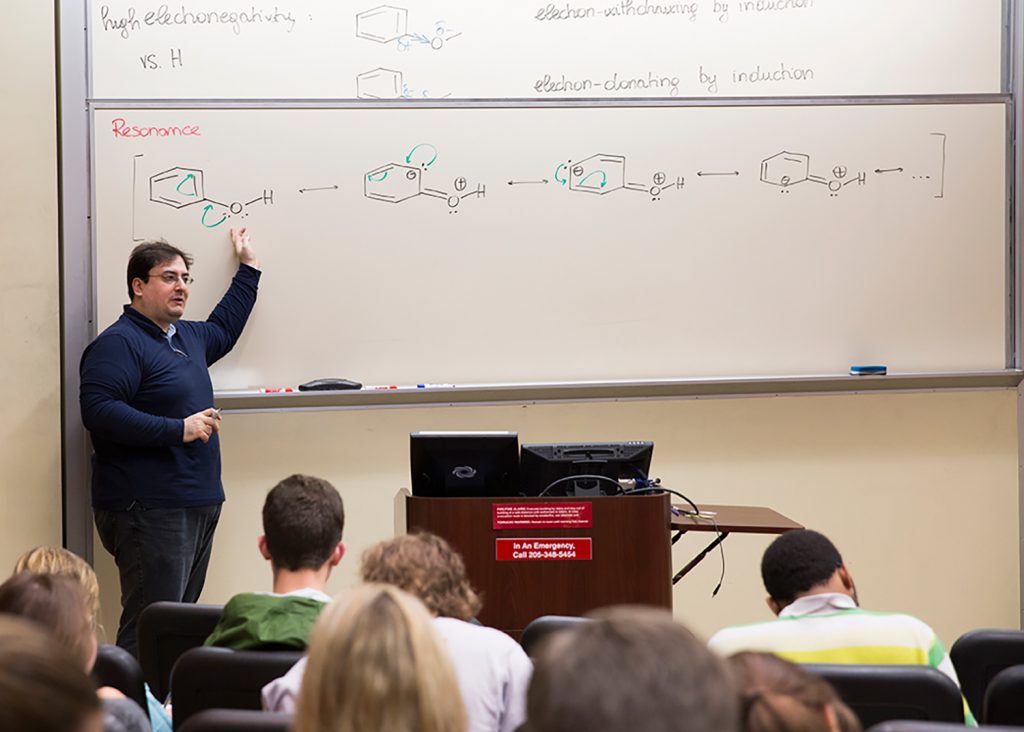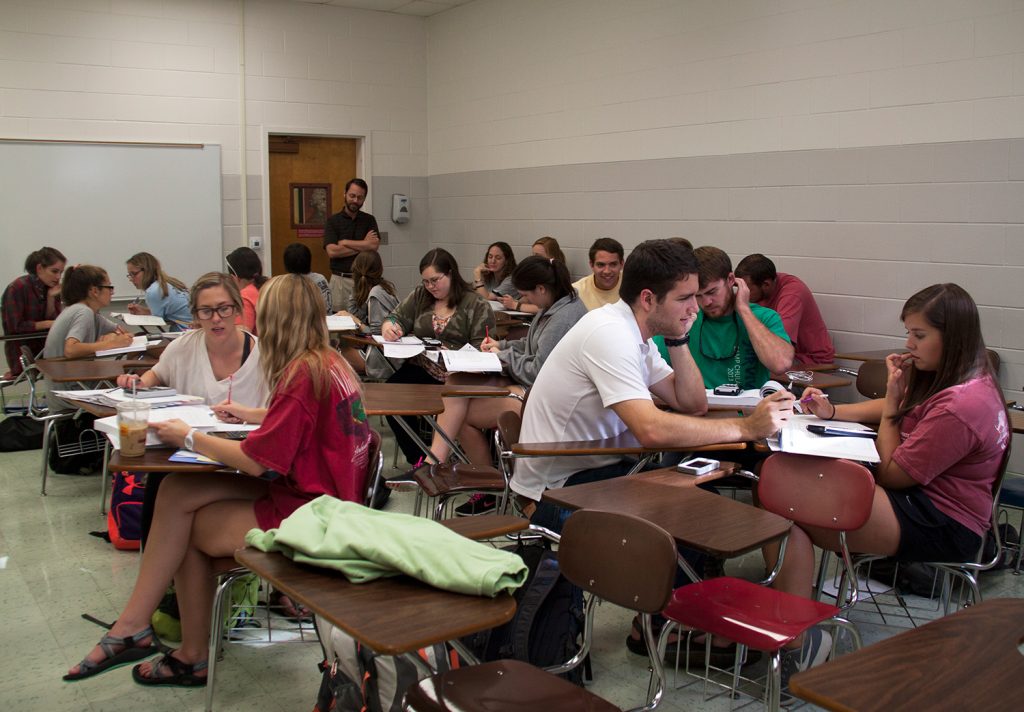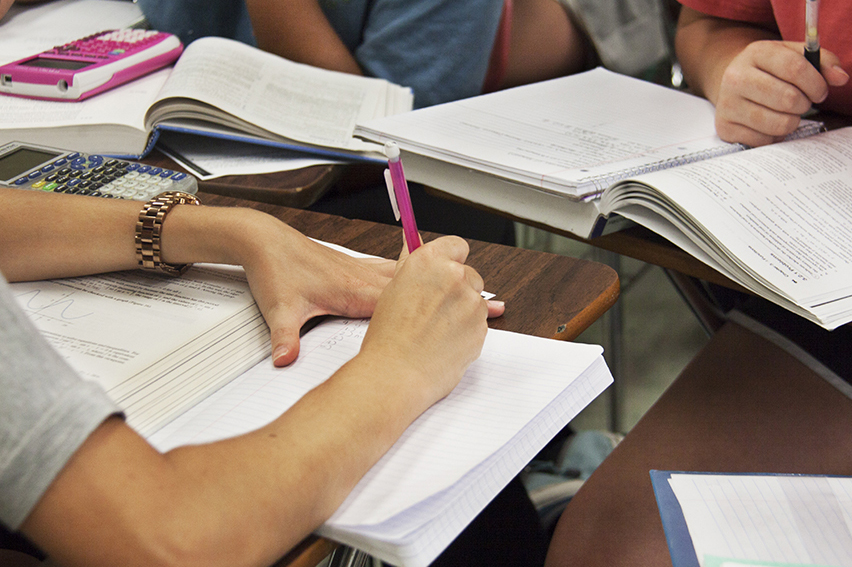Instructor: Marco Bonizzoni Course: Organic Chemistry (CH 231 & 232) Audience: Undergraduates Organic chemistry is the study of the properties and behavior of chemicals containing carbon as the key element. These compounds are both the basis of all life on earth (we are all made of organic compounds) and a large focus of the chemical industry (e.g., pharmaceuticals, plastics, advanced materials, fuels). This course aims to show the relevance of scientific and chemical knowledge in everyday life and to advocate […]
Visual Thinking in Organic Chemistry



